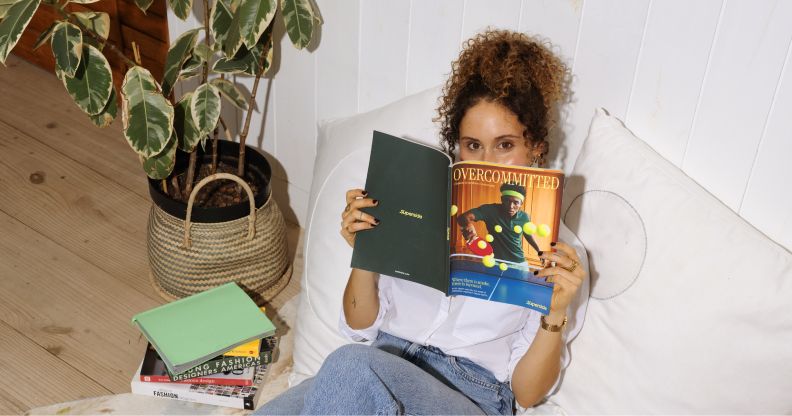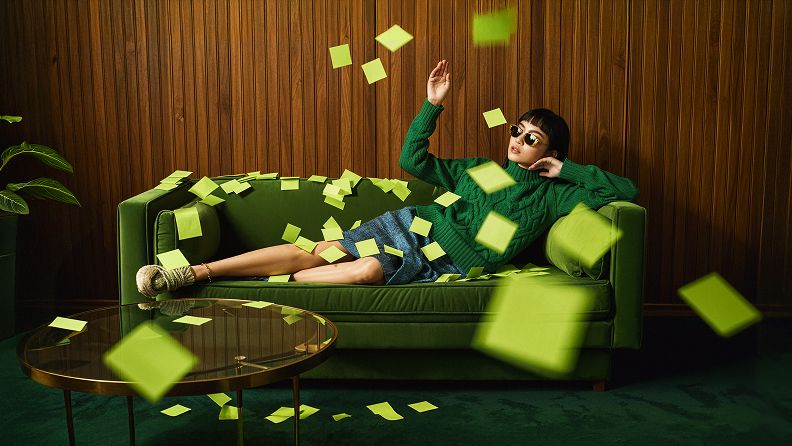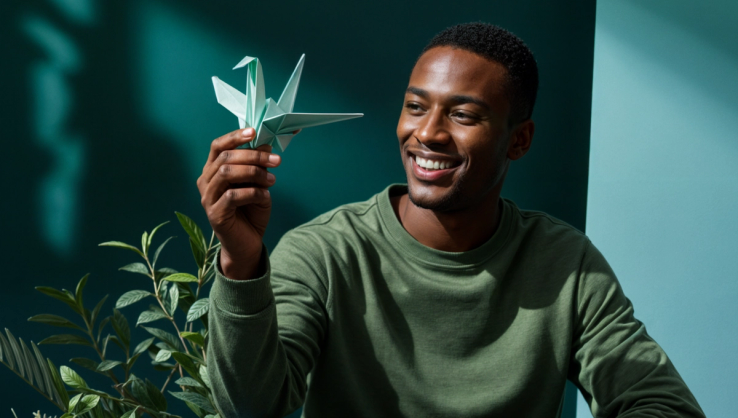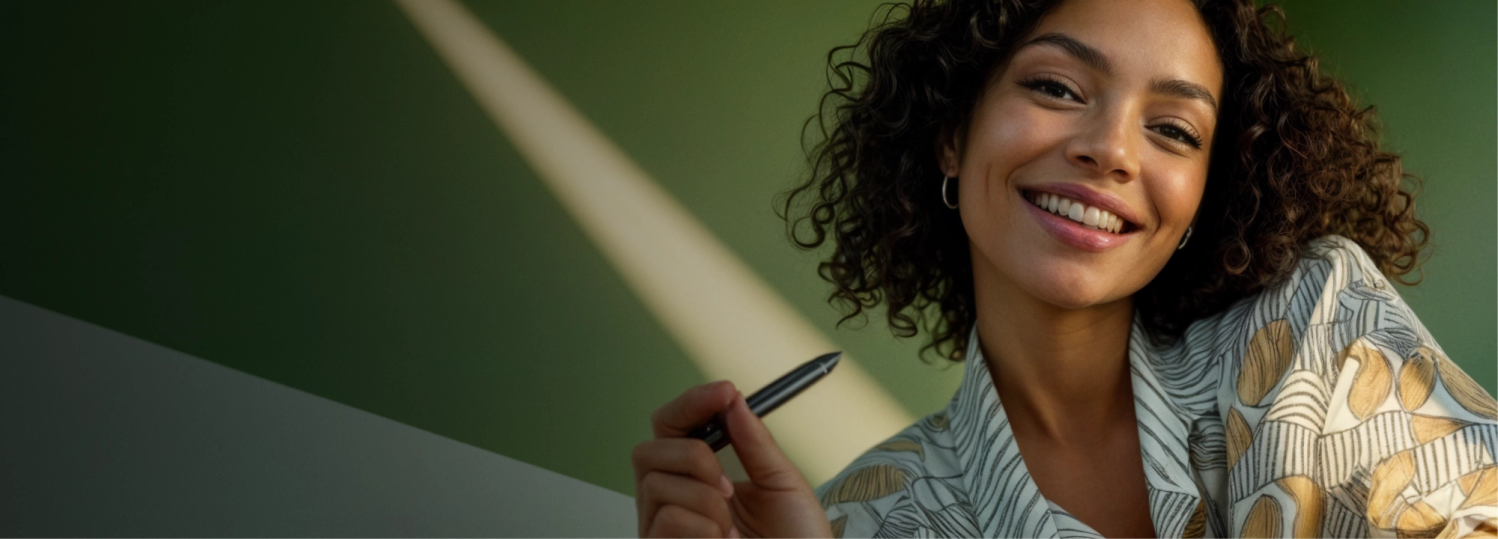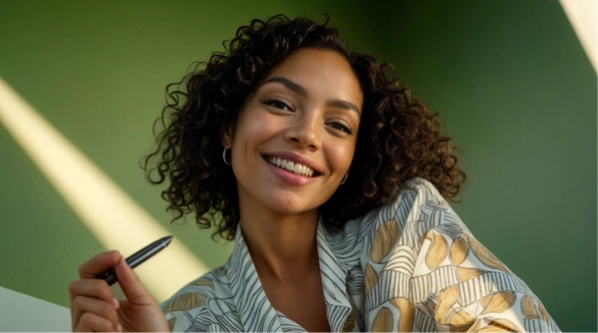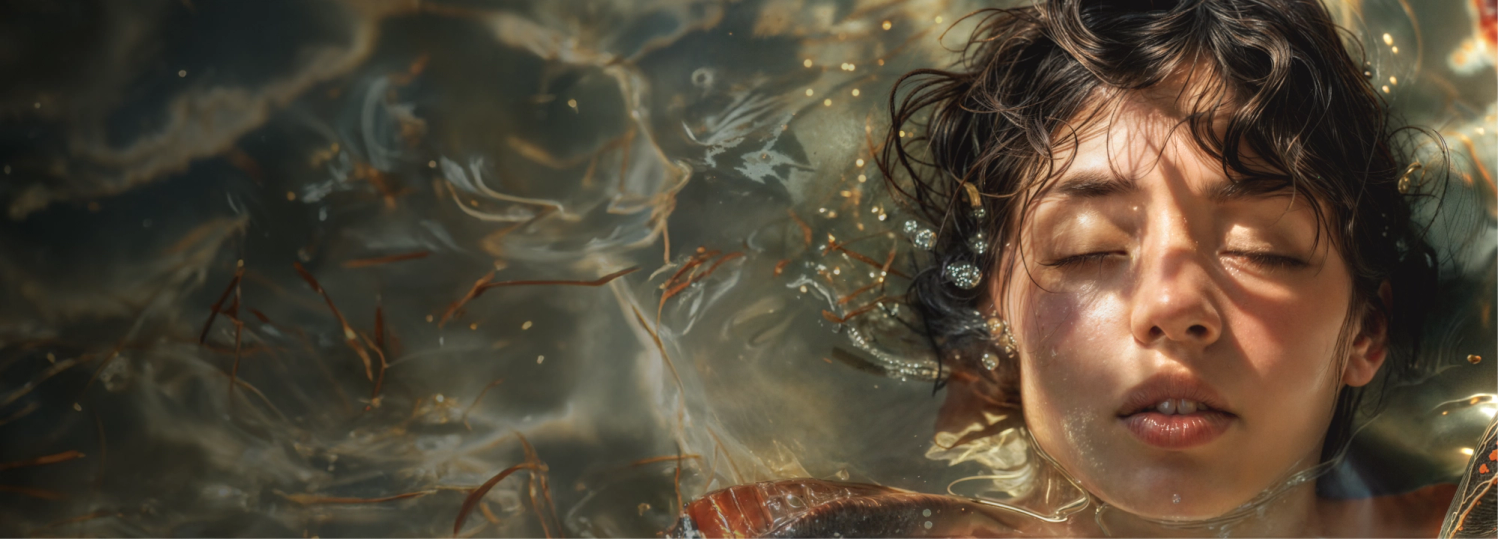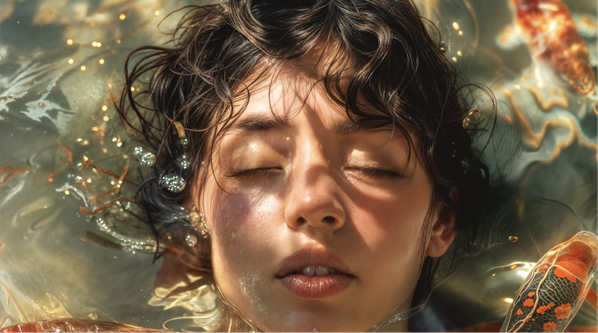John Maeda Talks Art, Generative AI and Creativity
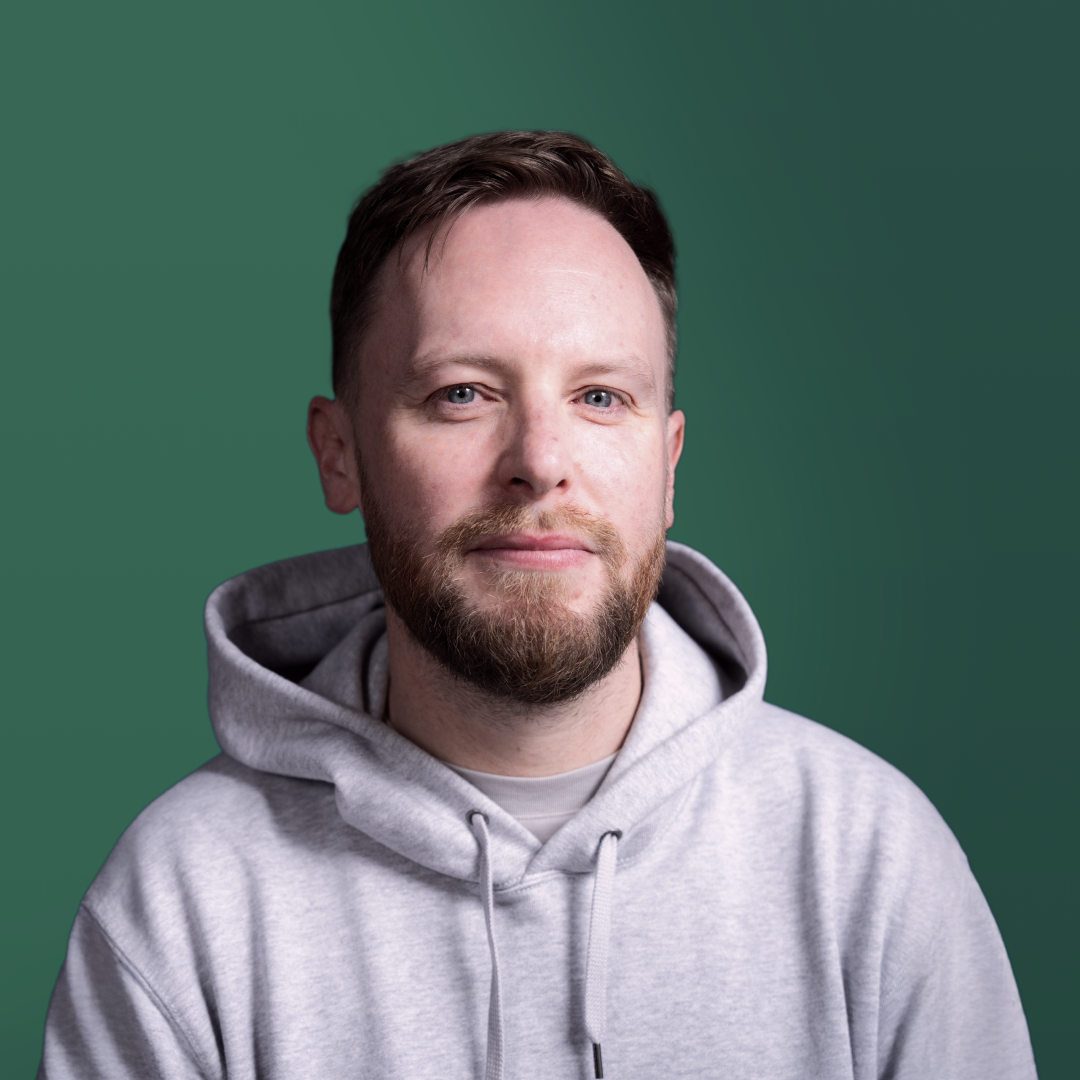

How is AI influencing creatives and the industry as a whole? John Maeda, VP of Artificial Intelligence and Design at Microsoft, shared his experience and predictions about AI's transformative effect in an exclusive keynote at our /PROMPT Summit. Get a few quick takeaways and watch the entire session. You're in for a treat.
How will generative AI impact creativity?
If you work in the creative industry, chances are you’ve given this question some thought over the past year. Chances are you’ve been through a gamut of emotions too, from fear and skepticism to intrigue and excitement.
And you’re not alone—at our /PROMPT Summit, only 15.2% of attendees had no concerns about AI and the creative process, while 39.1% felt uneasy about privacy and ethical issues, 34.8% worried about the loss of human touch and emotional resonance, and 10.9% feared job displacement.
Thankfully, the legendary John Maeda, VP of Artificial Intelligence and Design at Microsoft, walked us through some of these concerns and shared advice to thrive as a creative in this new age.
Maeda is a Seattle native who's a blend of graphic designer, visual artist and computer scientist. Initially, a software student at MIT, his fascination with modernist master Paul Rand and designer Muriel Cooper led him to blend computational expression with traditional bookmaking—creating Reactive Books—now recognized as digital design classics that were some of the first explorations of interactive design.
I sat down with Maeda to get his thoughts on AI and creativity. Here’s an abridged Q&A from the session.
AI and Creativity: A Q&A With John Maeda
You’ve worked at the bleeding edge of art, design and technology for over 30 years. What keeps you interested and engaged?
I like to think of artists as innovators. It’s something I used to believe in, and now because of AI, I have to believe in it even more.
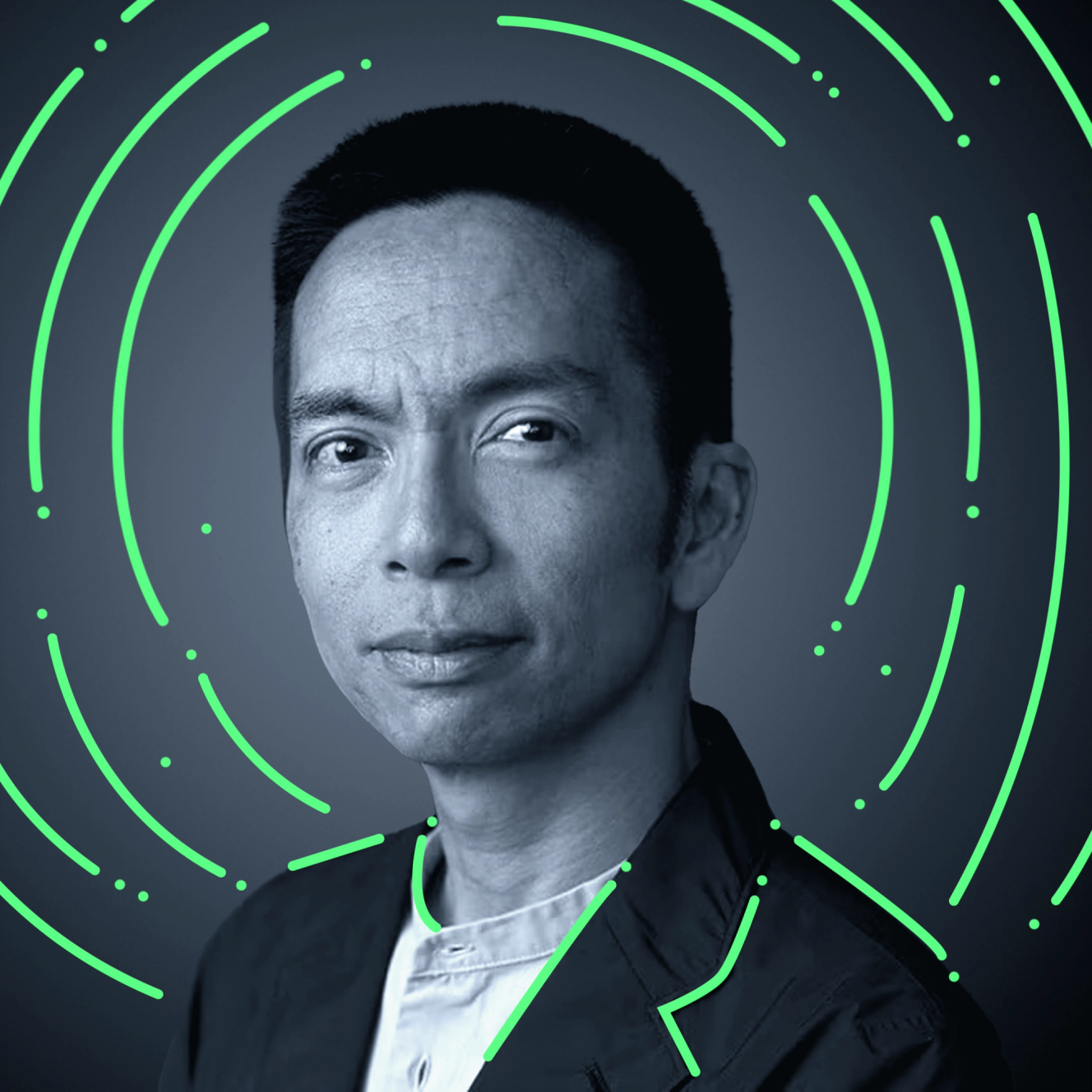
I'm interested in why artists make art, especially right now. Artists make art in reaction to things. Artists are that kind of a contagion or that shell that creates a pearl once in a while. I like to think of artists as innovators. It’s something I used to believe in, and now I think because of AI, I have to believe in it even more.
Do you think the threat of disruption from generative AI—real or perceived—will lead to a reaction like a new renaissance? Have you seen anything like that emerging?
If you're in the business side of art, that's one thing. But for artists who make art, they're either going to be in the camp of, “Wow, I can make so much more art. I can sit here and use Midjourney and do all these things.” Versus, “I was making things that look like Midjourney artwork and now I don't get any jobs anymore as a commercial artist.”
You have the super artists, too, who are in a rare privileged position to make things for the Guggenheim or MoMA or whatever—and they get to play. Maybe someone will buy it, maybe someone won't. But it doesn't matter because they are living off of it.
For the people who think they need to evolve or fall behind—that is the growing category.
Your career has straddled academia, enterprises and small businesses. Where are you seeing the greater rates of innovation or excitement?
I think innovation is relative to what people believe they should be innovating. I think if you're in the pure tech sector, you're wondering what you can do with a few more trillion parameters or a few fewer trillion parameters.
Then, in the art world, you're waiting for Midjourney, version "whatever." It's like Photoshop. Photoshop 3 just came out, and you gotta have it. 3.5 comes out, and you have to get that. There’s that kind of thing happening.
I'm hearing from small business owners who are excited because they’re time or capital-strapped. Now they can use AI in their workflows to help them do work they can't afford to pay people for. The regular person trying to make ends meet and getting value out of it is a story I haven't been able to see so clearly.
There’s still so much confusion around generative AI. Could you help us demystify it a little bit?
I think what's hard right now is that this is a new kind of AI—pre-trained models like ChatGPT. We've never had access to this before.
So the way I explained it is that this new AI sensation, this new kind of girl band or boy band that suddenly arrived that people are screaming about. What is it?
Well, it's very simple. Two models have arrived at the same time at a mature level—similarity and completion. When you combine them, you get something very special that's close to the way humans work.
You fulfill Herbert Simon's prophecy, who described intelligence as two blades of scissors: Cognition and context.
The two models were never available together until last year.
- The completion model (cognition) completes the sentence. When you let it complete the sentence without any grounding, it'll just give you a sentence, but without any context.
- The similarity (context) model can search through unstructured data and find similar things that match my favorite food. It'll find all the different kinds of favorite foods and restaurants.
These two models are now working together at the same time. Currently, the similarity model isn't as popular, but it's probably where people should spend the most time.
Will AI eliminate entry-level jobs in the design industry?
A lot of entry-level jobs are going to go away like they always do with every new advancement. The question is how will we evolve and answer that.

The phrase “entry-level jobs” is funny because it keeps changing. I remember entry-level graphic design might have been cutting up photographic paper and using an exacto knife and rubber cement to put it together. That was an entry-level job that changed because of desktop publishing.
A lot of entry-level jobs are going to go away like they always do with every new advancement. The question is how will we evolve and answer that. I like the phrase by retired General Eric Shinseki, ”If you don't like change, you're going to like irrelevance even less.”
We're in that world, which I have trained myself to be okay with. Laurels are okay. Rest isn’t. That’s something I live by.
How can creatives educate themselves to thrive?
Look for jobs where you can learn how to use AI to become more fluent because those will be the new entry-level roles. This is the problem with education today. It’s really good if the thing you’re learning hasn’t changed much. If you’re an English professor, you’re pretty good.
If you're a computer science or an illustration professor, these will get hit directly. The sad thing is that you're being paid to teach students with all your energy, so you're too tired to learn something new.
I noticed this in the digital era: You would hire a professor who was good at Photoshop 3. Four years later, they can only use Photoshop 3.5, not because they're lazy, but because they're tired. But all their students want to use Photoshop 7. Their education drains the people who are teaching and also limits the students who aren't getting the most advanced stuff.
Watch Maeda's Full Session on AI and Creativity
Personally, I could talk to John for hours, days even. But at the summit, we only had 30 minutes. For every intriguing detail, here's the recording in its entirety:
AI and Creativity Takeaways
If you watched the video, you’ll know I was blown away by what John had to say. I also need to book a time for that next tattoo. I keep returning to what he said about the potential loss of entry-level jobs—but you should only be concerned if you're not changing.
As creatives, we need to:
- Embrace the change. We can’t put the genie back in the bottle. AI is here. It’s up to us to find ways to keep the humanity in how we do our work.
- Learn by doing. Whether it’s Midjourney, DALL-E or another tool, be open to using AI in your workflows and design projects.
- Make time to learn. If you’re managing a team of designers, they depend on you not just to lead but also to teach. Make time in your schedule for experimentation and upskilling.
Learn more about the future of AI
Like I said, there's so much to learn. We held our summit in the spirit of learning together. In the same spirit, here are a few more resources to explore:
- All of the /PROMPT summit recordings
- What Superside learned from its first 200 AI-enhanced design projects
- Tips and examples of how to use AI in creative workflows
- My take on the future of AI in design
- John Maeda's Design in Tech Report at SXSW
Let's navigate this change together
The hand, the mind and the heart working together can create extraordinary things.

In his SXSW speech, Maeda said, "The hand, the mind and the heart working together can create extraordinary things.” Right now, we're all learning how to blend these creative gifts with AI.
But there's only so much any one team can do on their own. Our AI experts can help you execute creative needs with AI, saving you time and resources in developing custom stock photos, creating brand illustrations and much more. Let us help you navigate this change.
You may also like these

The Creative Struggle for Meaning in the Age of AI Adoption
Imagine being a painter in the 1840s, with people traveling for weeks to be immortalized by your delicate brushwork. As you finish your latest masterpiece, adding final details, a commotion catches your attention.Outside, people marvel at a new invention—a sturdy black box that captures reality in minutes, with more detail than any painting could achieve. You feel a shiver down your spine. If just pressing a button can do what you can, what are you here for?AI adoption has come to disrupt not only every industry, from medicine to finance to marketing, but also our daily lives. Large Language Models (LLMs) began as thought partners, capable of generating text in any language, tone or style, offering fresh ideas, planning support or even challenging your thinking. Then, other types of Gen AI like image generation, voice, music and video enhancement and other tools, emerged. What used to take long hours or days (maybe months) and specific skills, is now achievable by knowing how to prompt effectively and trial and error.Our AI Consulting Team surveyed over 800 creatives from 80 different companies and more than 10 countries. We listened to their thoughts and concerns on this new wave. By now, we have a much clearer understanding of how they think and feel about their work, and the changes AI is introducing into their workflows and their lives. Here are some of the results.
Beyond the Brief: All the Buzz About AI-Powered Ads
Global agricultural technology leader, Syngenta uses science to advance crop production. However, even the most cutting-edge innovations must work in harmony with nature. Attracting pollinators, like bees and butterflies, Operation Pollinator helps boost crop yields.But what does this have to do with using AI for ad creative? When guided by human ingenuity and expertise, AI is a catalyst that lets you quickly explore and refine ideas.Learn how partnering with Superside helped Sygenta speed concepting and nurture the storytelling of these groundbreaking ads.The Brief: Promoting Operation Pollinator To kick off the project, Syngenta shared an existing Operation Pollinator explainer video. There were no static images for this initiative, which meant the creative team was starting from scratch. Vidrio and Montelongo had a blank slate, a lot of freedom and only two days to complete the entire project.
Responsible AI: What Enterprise Brands Need To Know
Responsible AI isn’t just about what is legally allowed, it also speaks to the core of your brand identity, leading you to ask: What’s important to you as a brand? What are the things that make your brand truly unique?To empower you to take fundamental actions to ensure an effective approach to AI adoption that aligns with your brand’s core values, I'll take you through a high-level overview of why responsible AI is important, explain how to make crucial decisions and share examples from brands that have tackled these same questions.For many of our enterprise customers, the impact of using generative AI to produce marketing and advertising creative extends far beyond productivity gains—it helps your brand to stand out in a crowded marketplace, lets you iterate faster than your competitors and achieve your business targets.Whether you're an established leader or steadfast category disrupter, the way you roll out any initiative defines you. AI integration is no different, which is where the concept of practicing responsible AI comes in.Practicing Responsible AI: Purposeful Actions for Enterprise Brands


